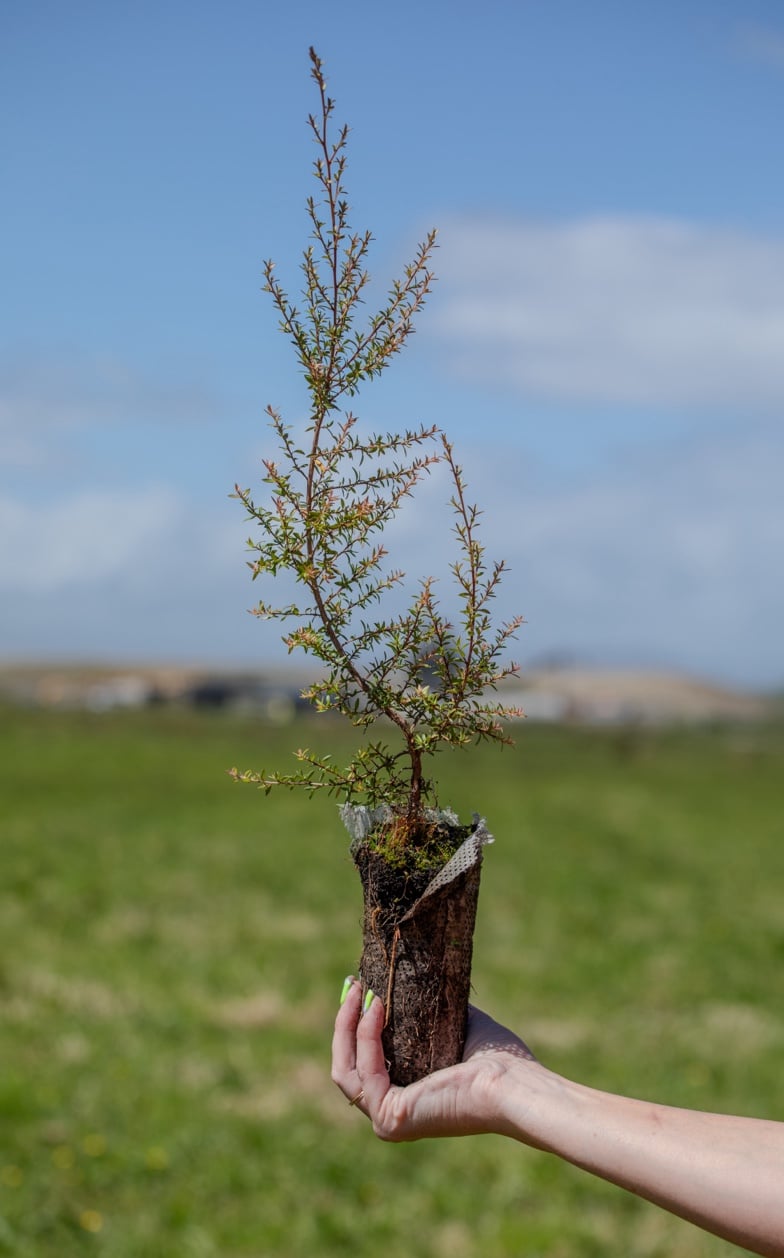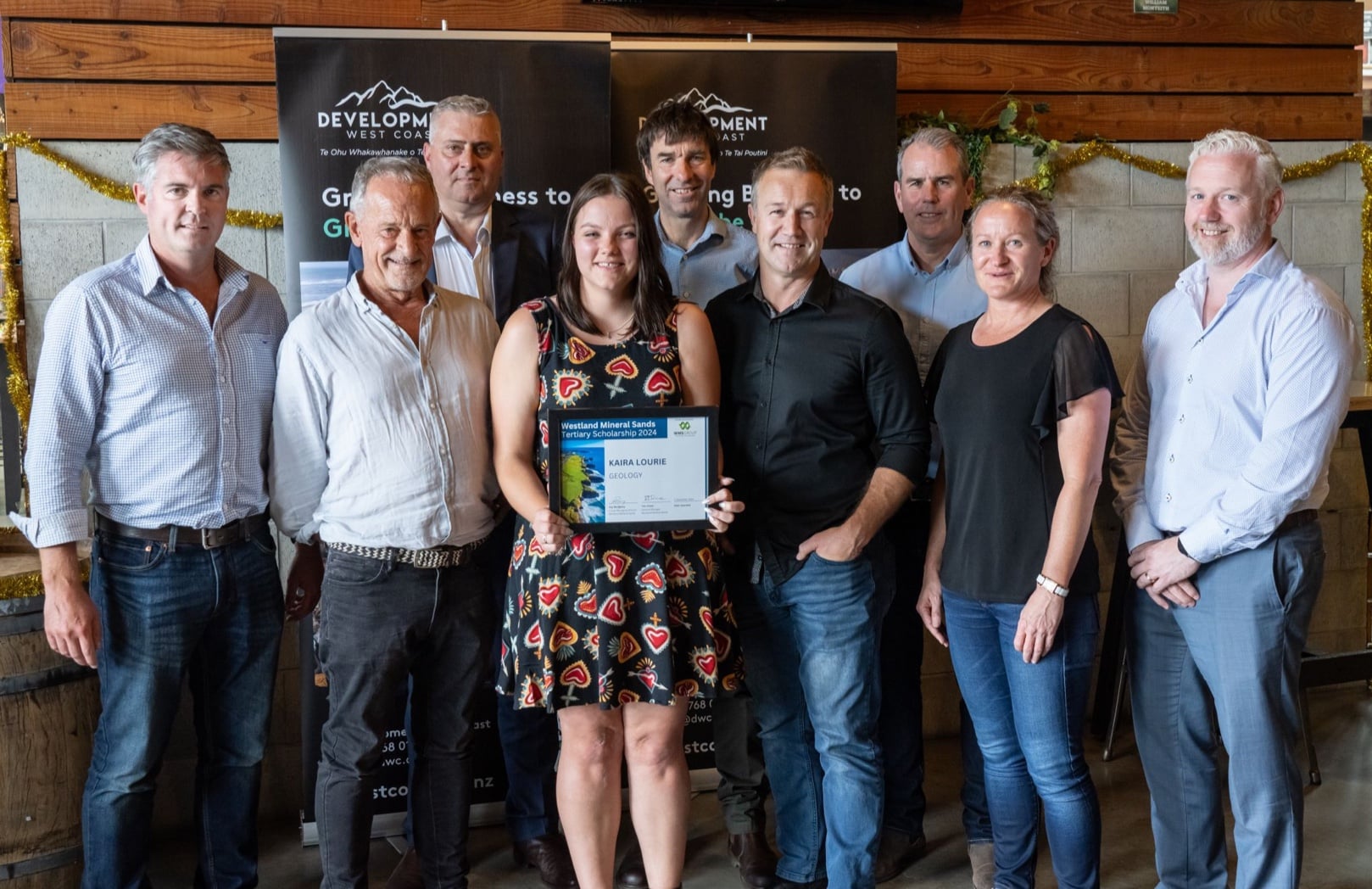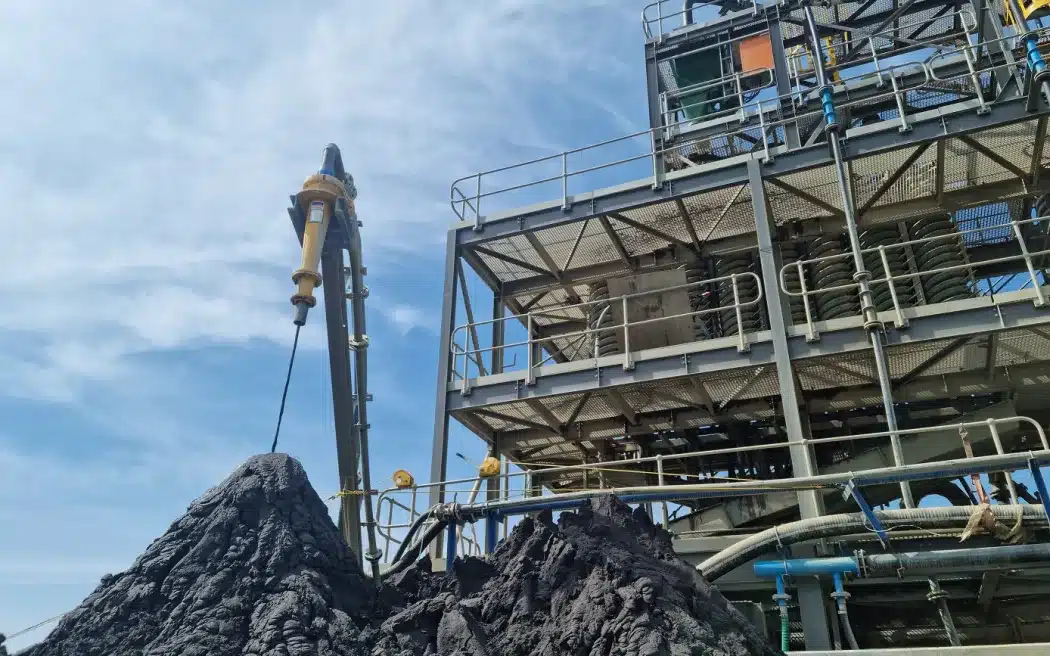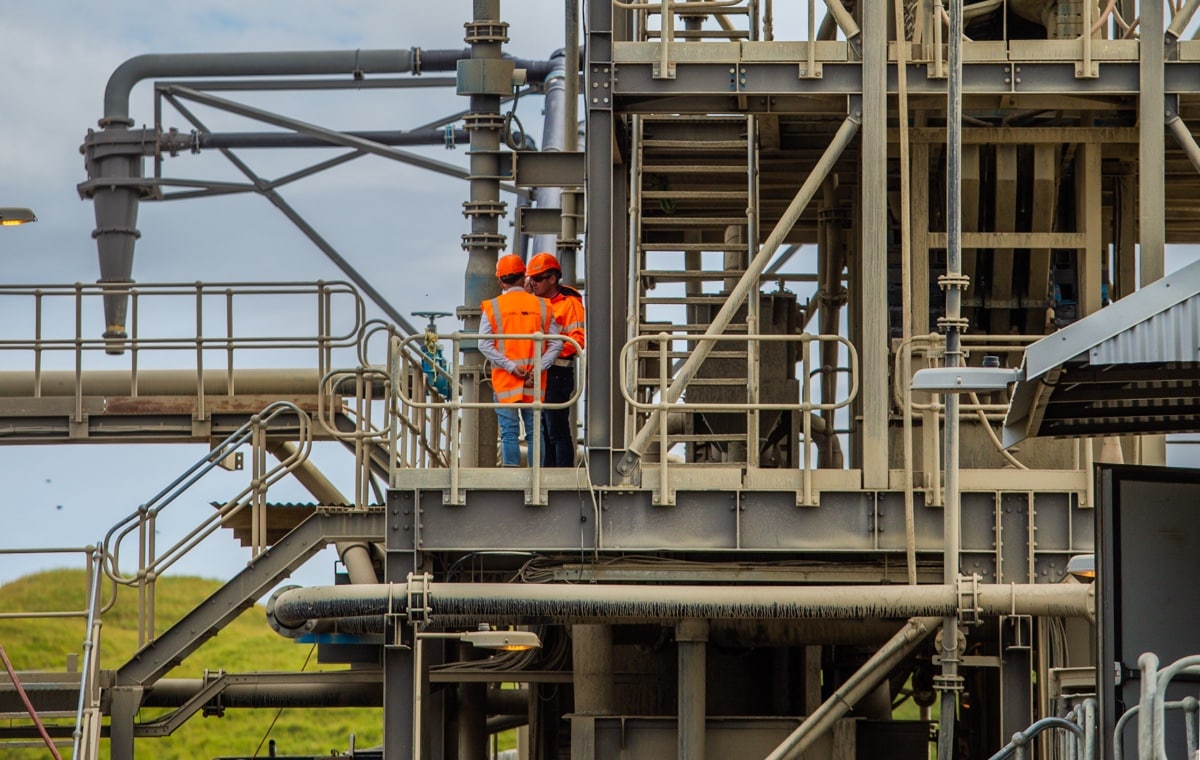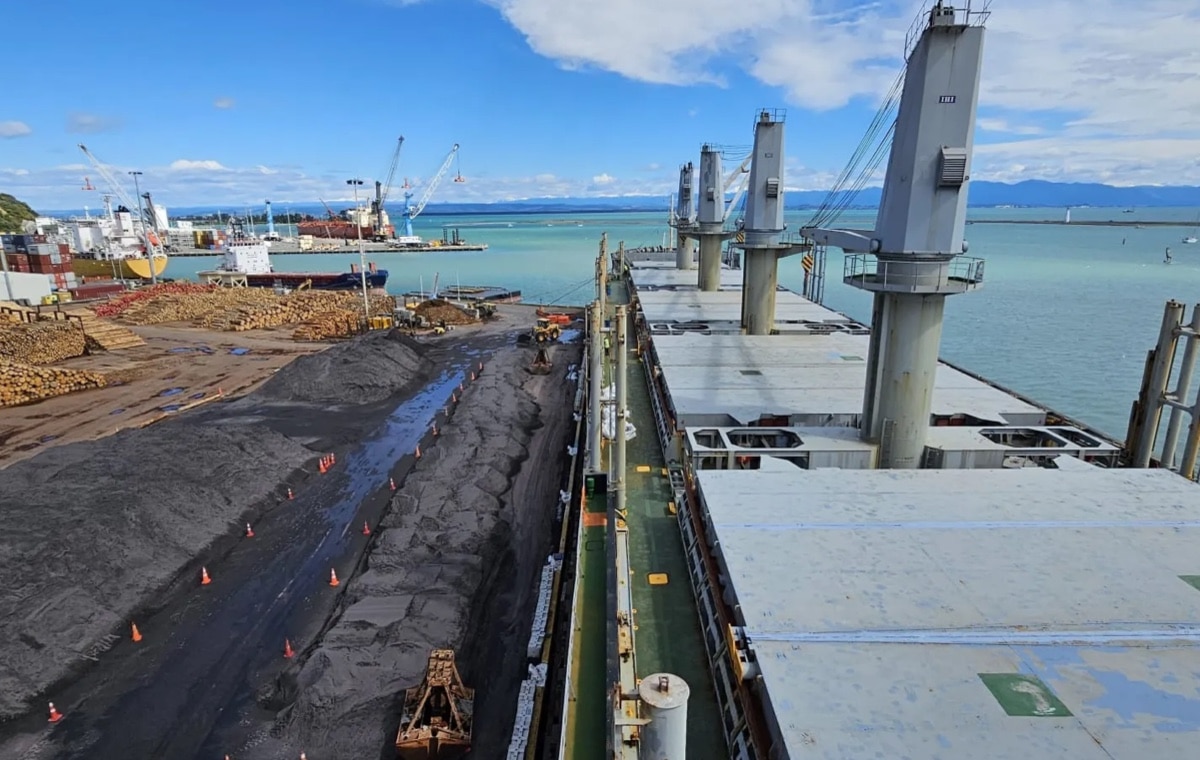New Zealand’s abundant mineral sands will make a meaningful contribution to green tech supply.
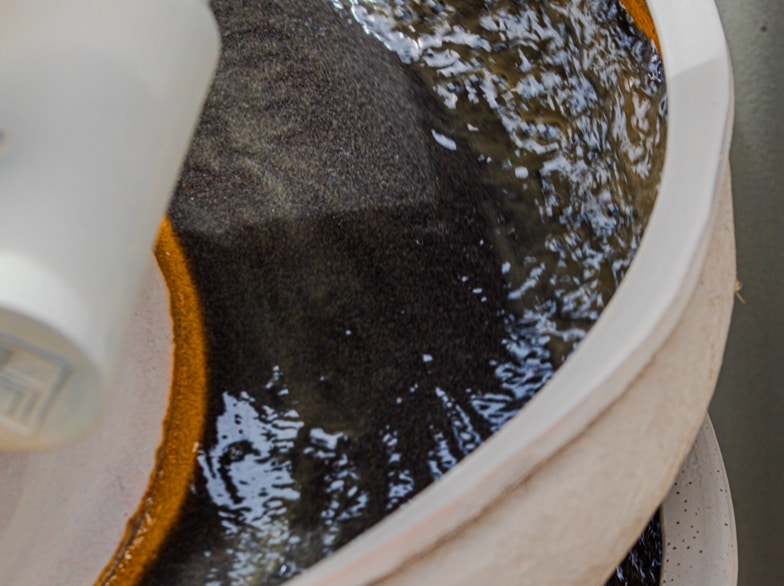
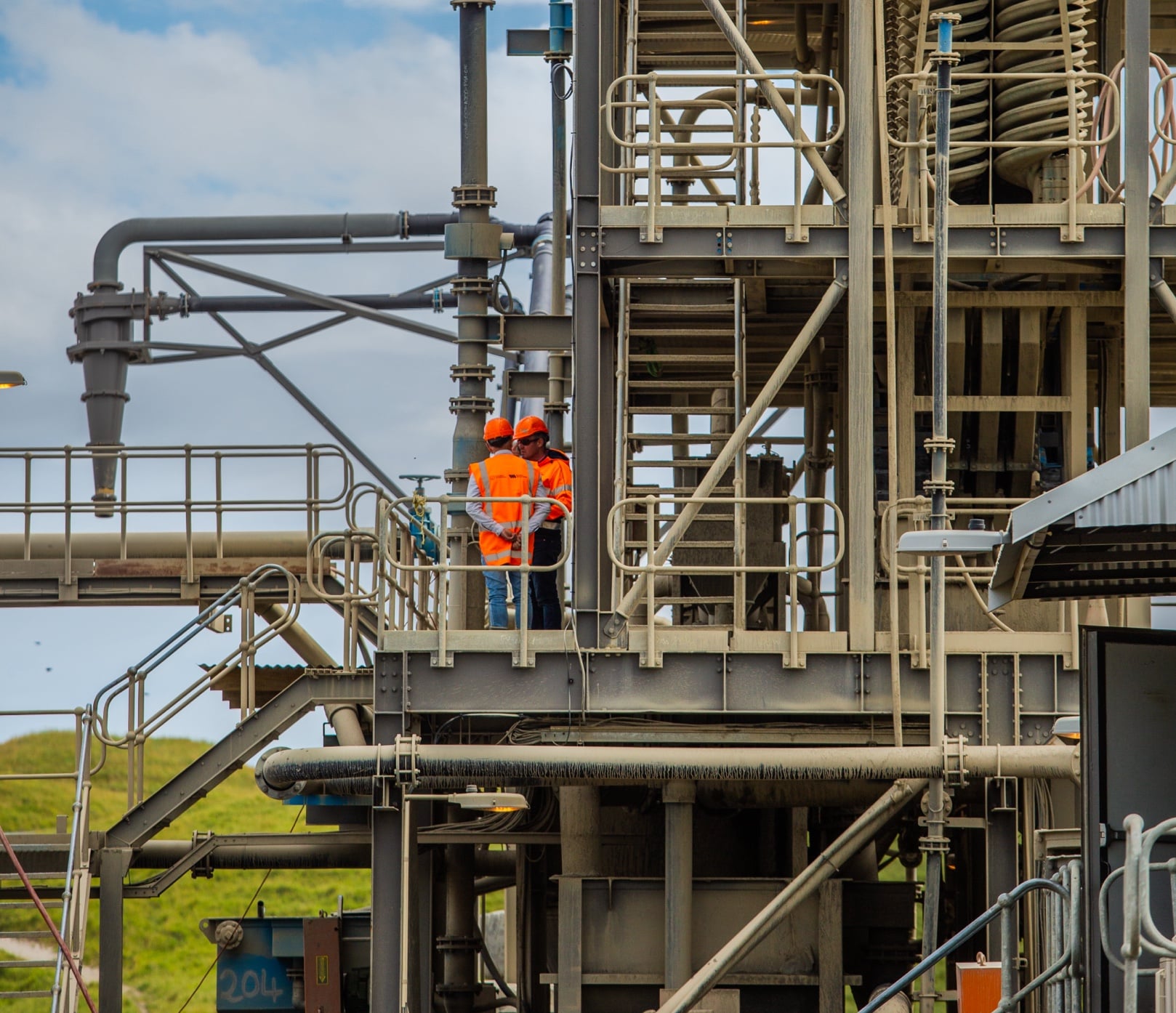
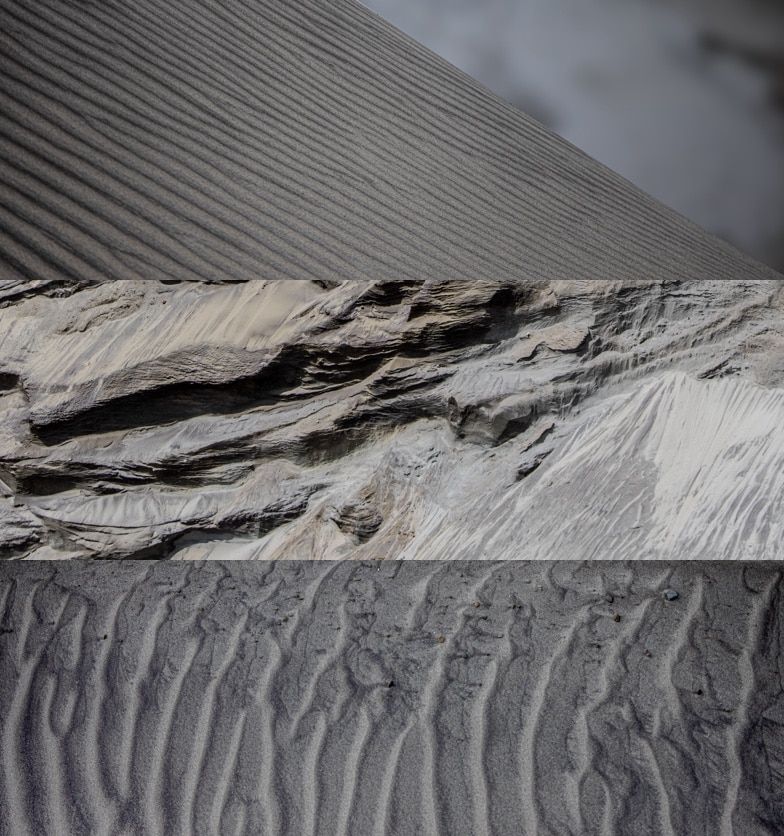
Critical minerals in our sands
In 2023, we have moved into production – making true on that promise.
We also committed to revitalise the local economy, bringing jobs and investment to the West Coast. We are delivering on that promise now.
Globally, the demand for critical minerals continues to soar, as the world looks to technology to solve some of the most significant problems of our time. A transition to green energy relies on the sustainable global production of critical minerals.
According to the International Energy Agency (2023), securing a supply of critical minerals is a major barrier to realising an energy future that is sustainable for planet Earth. Exploration, extraction and processing is becoming too concentrated and sustainability is vital.
Westland Mineral Sands holds significant reserves of industrial minerals such as Ilmenite and Garnet, as well as the vital Rare Earth Elements (REE, rare earths) critical for a sustainable future. We are working with international partners to bring these minerals to the global market.
This is a New Zealand first, diversifying Aotearoa’s economy as well as meeting global demands for increased supply of critical minerals.
It is the dawn of a new industry for Aotearoa New Zealand, and Westland Mineral Sands is leading the charge.
Impact to the land
Where once the impact on the environment might have been an after-thought for our predecessors in the mining sector, right from the start of our venture we knew we wanted to ensure our physical footprint remained as small as possible. Our licences cover more than 7700ha of privately owned-farmland and we have committed to only ever mining in small stages, returning the land to its previous condition, if not better.
Our operations are designed to work with the environment right from their inception. Vegetation is transplanted to new locations where possible and new plantings added to increase biodiversity and ensure we live up to our promise of leaving the land in better shape than we found it.
